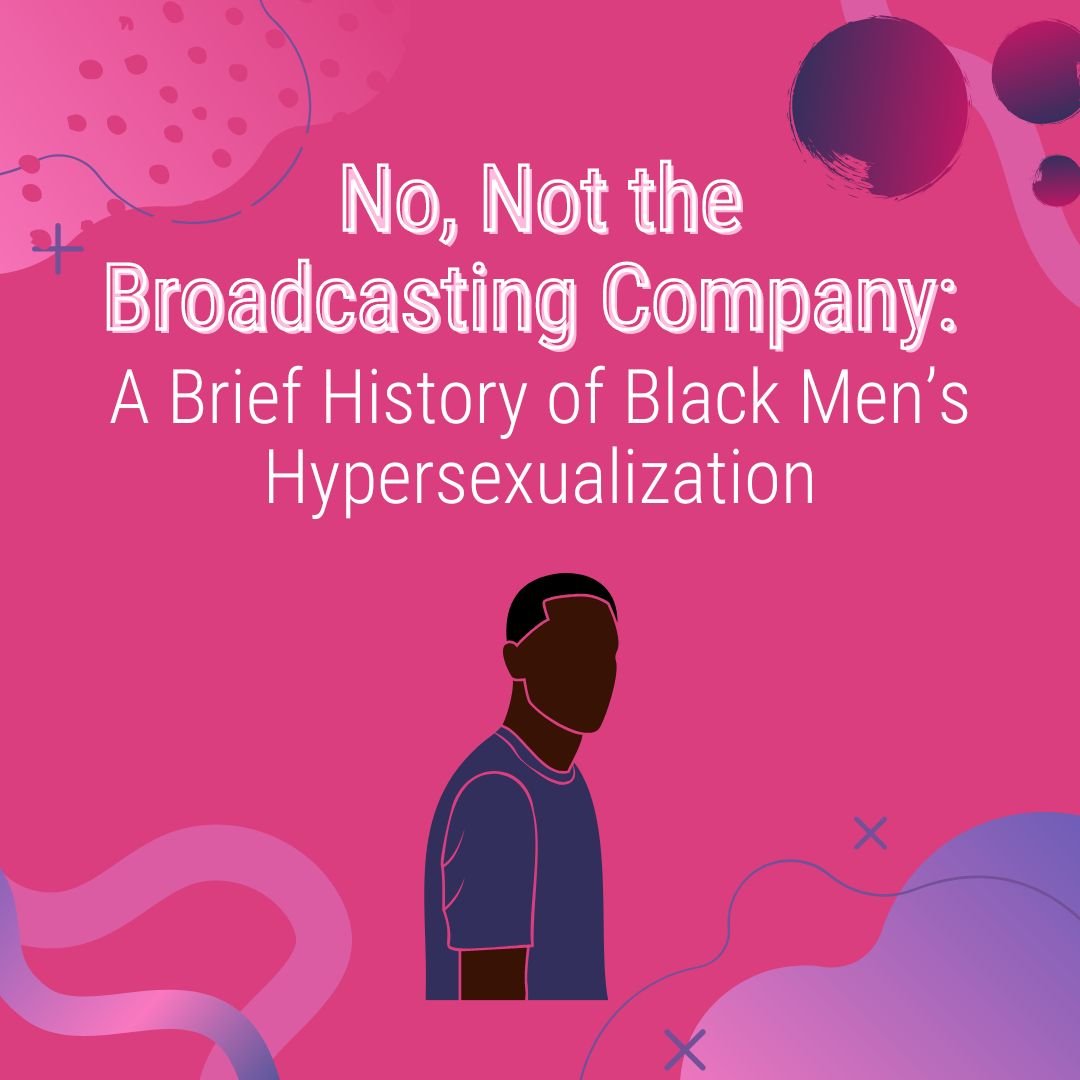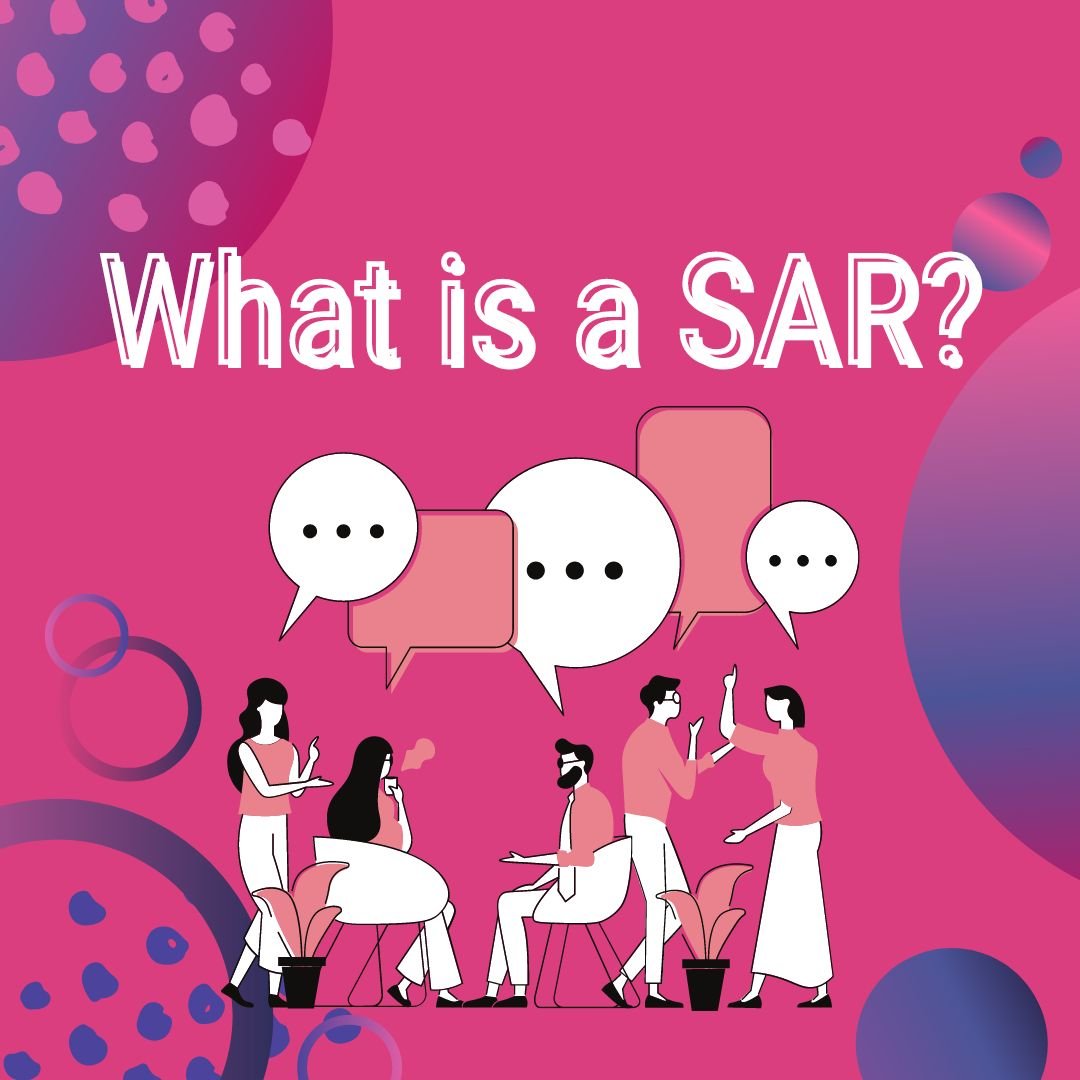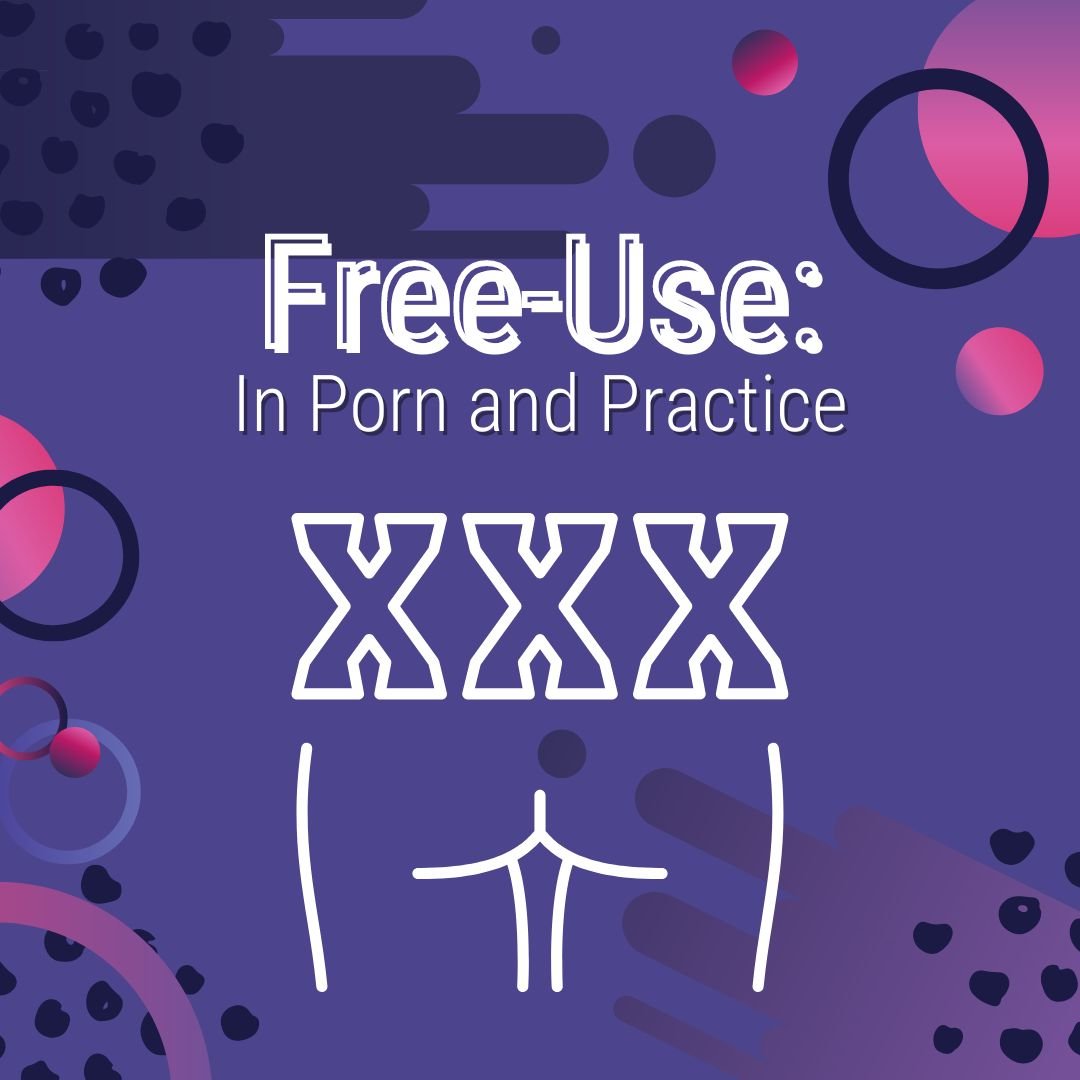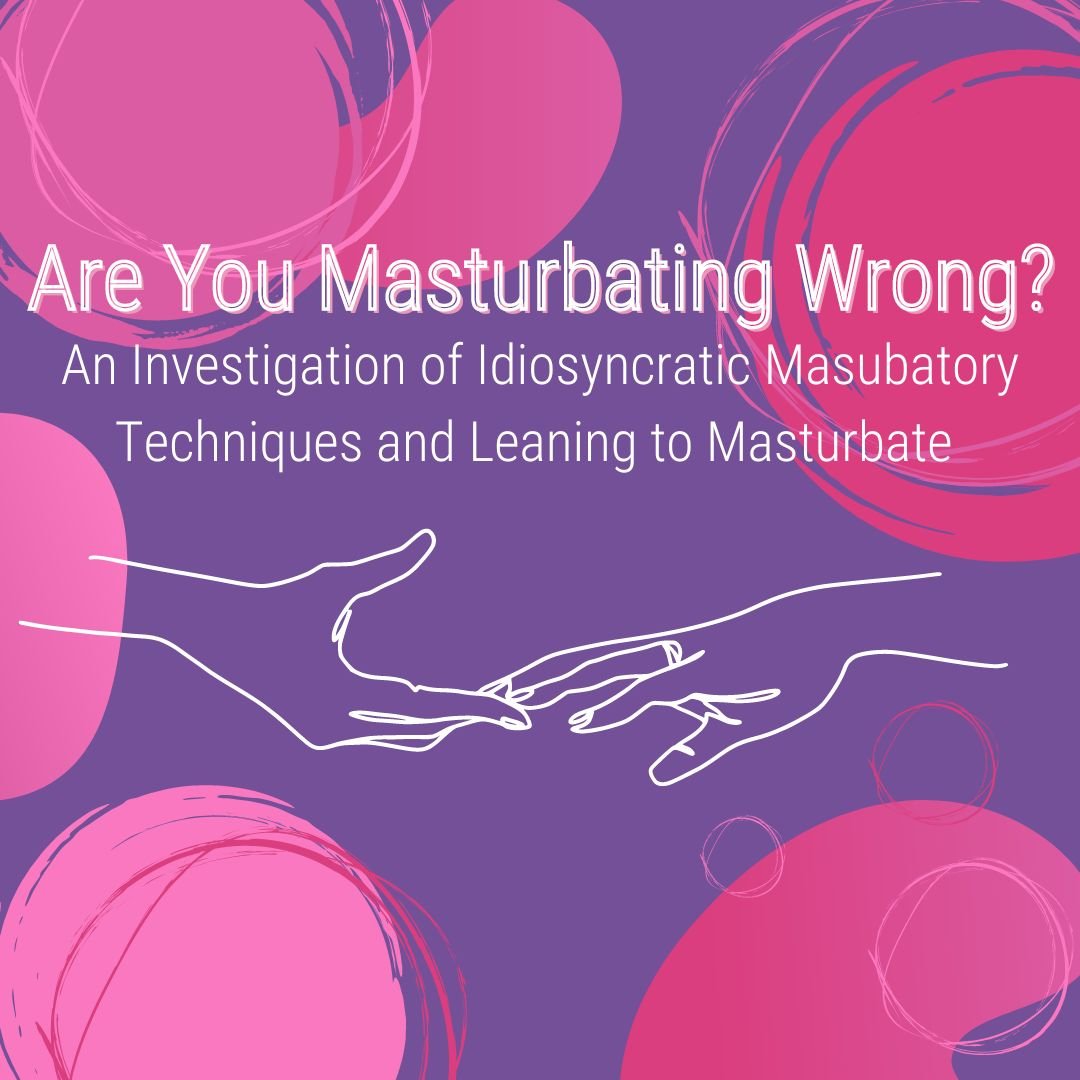With 76% of the female population having reported receiving an unsolicited explicit picture, it seems important to begin the conversation from a different perspective, that of what comes after the dreaded dick pic. Though more recently, states have been cracking down on “cyber-flashing,” the fact is that this issue is widely prevalent and pervasive. As long as we live in the age of the internet, people are probably going to abuse that power. So what are the best ways to respond to an unwanted, unexpected picture of genitalia? SHA has some tips.
Meet Arya: A Unique Way to Get Intimate With Your Partner
With new subscription boxes and couple’s tips and tricks entering the market daily, it is easy to get swept up in all the new things to try. At SHA, we’ve talked about many games for couples, apps for couples, and ways to connect, which is why we’re bringing you a sneak peek and full review of Arya, the latest in apps for couples and their relationship. Arya is a concierge service focused on enhancing intimacy and sexual connection for committed couples. I was invited to join Arya because of my position as a content writer for the Sexual Health Alliance. I did not have to pay for my subscription and the first 30 readers who sign up here will also receive a free Scene! The following review consists solely of my opinions and feelings from this first month of using Arya.
Why Orgasms are Good for Your Health
It’s common knowledge that exercise and a nutritious diet are recommended by experts as preventative and treatment measures for a healthy lifestyle. But where does sexual health fit into this framework? Are orgasms a form of exercise that might also be recommended? What are the benefits of this type of play? Though there is limited research out there, some studies suggest that orgasming frequently is actually good for your health, too. Whether this be solo or with partner(s), exploring what feels good can have positive effects in both preventing diseases and promoting immunity, among other things. However, there are some minor differences between the types of play and the types of outcomes. As we explore these, SHA challenges you to think about how incorporating this healthy activity might look in your daily, weekly, monthly, or yearly routine.
No, Not the Broadcasting Company: A Brief History of Black Men’s Hypersexualization
As a quick warning before we start, this article focuses on racism, describes histories of racial violence and stereotyping, and touches on other disturbing topics such as sexual assault. It is also an article about anti-blackness written by a white person. I highly recommend researching this topic further with work made by Black creators. In particular, I recommend F. D. Signifier’s video “Black men are not a fetish” which covers most of what I talk about here and platforms the voices of several Black men who describe their relationship with fetishization, hypersexualization, and stereotypes of hypermasculinity.
Generally speaking, I love porn as an arena of media. However, it’s usually overlooked and not given serious criticism. This combines with the often stripped-down plots in porn to make it a breeding ground for distilled archetypes which, unfortunately, are often very tied to harmful stereotypes. A perfect and disturbing example of this is the way that Black men are often depicted in pornography. Frequently referred to as only “BBC” (or “Big Black C0ck”), Black men in the industry can find themselves pigeonholed and fetishized for their race. Black men are assumed to be sexually aggressive, hypermasculine, and exceptionally well-endowed, and porn in particular tends to market and capitalize on these stereotypes. For the uninitiated, this might seem innocuous or even flattering, but unfortunately, this image of Black men is not only limiting and fetishizing but directly linked to a brutally violent past that continues to this day. So, let’s learn more about the history of Black men’s hypersexualization and how it plays out in porn and kink today.
A Sexceptional Weekend: Highlights from Coming Together: Techniques for Working With Relationships and Couples
In this information-packed weekend, the Sexual Health Alliance presented us with an eye-opening conference on Coming Together: Techniques for Working with Relationships and Couples. Day 1 focused on blending couples and modern sex therapy, this seven-hour presentation was held by Sonya Jenson, SHA alumni and LMFT-certified Gottman Therapist. Jenson, a self-proclaimed romantic from “the moment she came out of the womb,” taught us how to look at couples as a system through the lens of the Gottman method, incorporating methodology with techniques she has learned through her own professional experience. On day two we were given an introduction to Integrative Behavioral Couple Therapy (IBCT) and the way it can be used in contemporary sex therapy, this was taught by Dr. Crystal Dehle, the IBCT provider, and recent SHA graduate, and Dr. Mariana Rosenthal, licensed clinical psychologist
Celebrating Life After Death: Grief in the LGBTQ+ Community
Grieving will always entail a complex set of emotions one must deal with individually and on their own time. When you grieve a sexual and romantic partner, these emotions can feel all-encompassing, as is the nature of grief. But when you’re grieving your same-sex partner, this grief often has to be hidden away because of societal attitudes. This hiding disallows partners from fully experiencing and expressing their grief, delaying the healing process. “Disenfranchised grief” is the clinical term for experiencing a loss, when that loss wasn’t societally accepted, known, or allowed. What’s more, LGBTQ+ populations regularly face disenfranchised grief when met with the loss of their intimate partner, in part due to the same systems that oppress their grief practice. Historically excluded groups, such as the LGBTQ+ community, have lessened access to healthcare systems while being at an increased risk of potentially fatal illnesses.
Here lies the cyclical relationship of systemic oppression: the institutions build barriers to access and then stigmatize the groups seeking access by making them into the villain of the story. If you’re reading this right now and it seems like a lot to handle, consider what it might be like to experience. If instead, you’re reading this following the death of your same-sex partner, SHA encourages you to use this article as a source of validation and an encouragement for healing. As we explore these themes of grief and disenfranchisement, we’ll focus on the reported lived experiences of LGBTQ+ people facing a romantic loss, as well as what society might do to break down those barriers in pursuit of quality, equitable care.
Take Porn Seriously, Not Just When You’re Scared Of It
Over a decade has passed since those initial guilt-ridden web searches, and despite the fact I’ve grown into a staunchly sex-positive person, I still find myself constantly surrounded by similar attitudes. I hardly ever hear anyone talk about porn seriously, and when they do it’s always negative and simplistic. To make it worse, as I strive to write more on this subject, I see how little research has been done on pornography and how much of it entirely centers on the possible existence of harmful effects. I believe pornographic media, like all media, should be looked at critically, of course. It’s a category of art and certainly is capable of reproducing inequalities and beliefs that would be better dismantled. However, I think it does a disservice to porn as a genre (not to mention the creators of porn) when academics and the broader public limit their exploration to black-and-white judgments and assessments of pure effect.
The Issue With No Nut November
The month of November holds many famous events such as Remembrance Sunday, Bonfire night, and the US’ Thanksgiving. November also holds as the month to recognize and raise awareness of male mental health. “Movember,” for example, encourages the growth of mustaches, stimulating conversations around male mental and physical health—whilst also providing an opportunity to show off some funky facial hair.
In the same month that advocates for greater support around male help, we also have No Nut November — an annual event that encourages people to go thirty days without ejaculating, hence the name. Though both men and women are encouraged to participate, it is largely men who seem to be involved (as is evident through their interaction in Reddit forums). Whilst this may sound like the latest internet challenge, No Nut November can be traced back to 2011 on forums like Reddit and 4chan.
Shifting from Fear of Indoctrination to Joy of InDRAGtrination
Drag performances and drag queens have been criticized recently by Conservative, anti-LGBTQ+ politicians and their supporters for “indoctrinating” children. This summer, Florida Governor Ron DeSantis filed a formal complaint against a local restaurant after the restaurant hosted a drag queen brunch that children attended. This complaint in particular cites a Supreme Court case from 1947 classifying “men impersonating women” as a public nuisance. As this case is three-quarters of a century old, it is clearly outdated and its use in the present day represents a return to the terrorization of LGBTQ+ people of the 40s, 50s, and 60s faced. While socially this is a problem, the issue goes deeper to the use of policy as a coercive form of segregating the public and private spheres. When one cannot express themselves in public by law, they are forced to contain themselves only in the private sphere, limiting representation and the vibrancy of entertainment institutions. Moreover, a “public nuisance” is different than the indoctrination of children. This highlights a shift in the vernacular towards more extremes so as to enrage the public about an issue. In exploring this, I challenge readers to consider the true weight of these statements so as to allow space for the benefits of LGBTQ+ representation and expression to arise. By this, children are more educated, drag performers are liberated, and indoctrination becomes inDRAGtrination.
A Case Against Showing Sexual Violence in Movies
Movies and television series can provide a great platform to discuss and represent societal issues. There have been profoundly touching movies released discussing a plethora of issues, ranging from racism and sexism in Hidden Figures (2016) to medical ethics in My Sister’s Keeper (2009). Within these visual platforms, there has been an uncountable amount of visual depictions of sexual violence. Whilst this is an important topic to be discussed, scenes of it are more often than not glamorized or romanticized or, worse yet, are shown and never discussed again. There is further the question as to whether or not these scenes are actually necessary to the plot — is it worth triggering viewers and trivializing sexual violence simply for the plot or “character development?”
I was inspired to write this article after the recent release of Luckiest Girl Alive, a mystery thriller directed by Mike Barker from a screenplay by Jessica Knoll, based on her 2015 novel of the same name. I have neither read the novel nor watched the movie, being put off by several critiques of its unnecessary inclusion of rape scenes. With an absence of a trigger warning, viewers of this 18-certified film are unaware of several scenes of intense sexual assault, in which there are three graphic rape scenes lasting approximately three minutes in total. Some viewers have come in to claim that whilst these scenes are hard to watch, they are ‘necessary.’ Jenna Ryu, a wellness reporter at USA TODAY, claims that “seeing sexual assault is supposed to make you uncomfortable and outraged,” using this as a reason to excuse the inclusion of these graphic scenes. Ryu’s article also includes a statement from Elizabeth Jeglic, a professor at the John Jay College of Criminal Justice who researches sexual violence.
What is a SAR?
One of the many services the Sexual Health Alliance (SHA) provides is a sexual attitude reassessment or a SAR. If you’ve ever wondered what SARs are all about, who they’re for, or why you should attend one, you’re about to learn all that. Plus, I’ll explain why you might choose SHA’s sexual attitude reassessments over those hosted by others. SARs are structured group activities, which set them apart from other conferences or workshops. A SAR is more than just a learning experience or a change in your personal beliefs and values surrounding sex; it’s an active process of assessing your attitudes about sex and reflecting on how this might impact the services you provide your clients, patients, or students. These experiences promote growth and compassion for others by exposing you to sexual behaviors and preferences through erotic media–typically video–and let you discuss the content with other professionals, reducing the chance that the first time you hear about a particular sexual desire isn’t from a client who needs your support.
Free Use In Porn and Practice
Have you heard of free use? No, this doesn’t have anything to do with copyright law. “Free use” is a porn genre and a type of erotic fantasy that can offer an interesting peak into human desire. So let’s talk about what “free use” means, what’s hot about these fantasies, and what they could show us!
It’s hard to know when “free use” first started being thrown around as a porn keyword, but it seems like it’s been growing in popularity over the last several years. By 2014 it was already popular enough to have a subreddit, which now has grown to have over a million members and counting. The most popular fanfiction website Archive Of Our Own has over 800 stories tagged this way. But…like…what is it.
In its most distilled form, free use refers to the fantasy of someone being available for sexual “use” at any time. Generally speaking, this means that no flirtation, seduction, or foreplay is necessary to initiate a sex act. This can be within a specific relationship, scenario, or even broadly with anyone anywhere at any time. Classically, free-use narratives involve a man or multiple men “using” a woman, although gay and gender variant variations aren’t uncommon. At first glance, this sounds very similar to fantasies about sexual assault or sexual submission, which isn’t entirely untrue. The scenarios in free-use fiction don’t tend to meet real-life requirements for consent and people certainly do tag rape fantasy stories with the term sometimes, but generally speaking, free-use porn’s erotic tension doesn’t seem to derive from lack of consent. In fact, r/FreeUse explicitly bans “anything involving rape/non-consent.” Instead, free-use erotic media seems to have a unique set of elements that create eroticism without relying purely on the popular fantasies of dominance, submission, and overpowering lust.
Are You Masturbating Wrong? An Investigation of Idiosyncratic Masubatory Techniques and Leaning to Masturbate
In the same way that no two snowflakes are identical, no two people masturbate the same. We all have our preferences in position, speed, and intensity. Whilst it’s amazing that we are all so unique in our masturbation preferences, this grand variance can cause issues in partnered sex. Idiosyncratic masturbatory style, a term coined by Michael Perelman, can be defined as “a masturbation technique not easily duplicated by the partner’s hand, mouth or vagina,” and is something that can lead to delayed ejaculation for people with penises. Though idiosyncratic masturbatory techniques are discussed in the context of penis owners, this article will give an all-inclusive overview.
My Neck, Look Back: A Brief History Of Some Of The Horniest Popular Music
I still remember the day I first heard Cardi B and Megan Thee Stallion’s chart-topping hit “WAP”, but I have to admit, I didn’t understand why it was getting so much media coverage at the time. I grew up around plenty of sexual songs, despite my relatively sheltered upbringing. I listened to Lady Gaga’s “Love Game” far before I knew what a “disco stick” was, I didn’t understand why my parents were so worried about ten-year-old me’s obsession with Rick James’ “Super Freak,” and Salt-N-Pepa’s “Let’s Talk About Sex” arguably put me on the sex-positive path I walk to this day. I’d followed both Cardi and Megan for a while before “WAP”’s release, and the song itself only stood out to me at first because it was a collaboration between two of my favorite artists. Nonetheless, the internet blew up with moralizing backlash, feminist defenses, and, of course, plentiful Ben Shapiro memes. Arguably, this one song (along with the rise in popularity of female rap generally) has changed the culture of pop and rap music for years to come. Now that it’s been a couple years, it’s a good time to take a step back and look at the legacy of explicitly sexual music historically and some affirmations and critiques of this type of work. Along the way you’ll get some fun, horny music recommendations too!
Sex Sells: How Institutions Co-opted "Sexy" and Changed its Meaning
The term “sexy” seems to originate from the early 1900s but has since changed meanings multiple times so that it now encompasses many connotations. In 1905, “sexy” meant to be “engrossed in sex,” indicating that “sexy” was still inherently linked to the physical act of having sex. It wasn’t until 1912 that “sexy” began to shift to mean “sexually attractive.” In the modern day, it is common to use “sexy” for a myriad of things both not necessarily related to the physical act of sex or attraction only in a sexual nature. After 1987, the Merriam-Webster dictionary started defining “sexy” as “generally attractive or interesting.” This simple change allows for anything to be sexy, theoretically, depending on the obvious subjective nature of individual opinion and context. If this seems overly vague, that’s because it is. In fact, a popular Urban Dictionary post defines “sexy” as “people can be described as sexy due to their physical appearance, behaviour, personality and other stuff.” The post continues with examples including “man, Jess has such a sexy body, look at the way Liv and Kim are dancing. That's sexy. Abbey's got a sexy walk. And the way she talks really revs my engine,” and “Jules is so confident in herself, it's sexy.” If all these things are considered “sexy,” what really is sexy? One of the paradoxes of language is the more a term is used, the less it means.
Highlights from SHA’s Summit: Philosophy, Identity, Activism: Exploring Queer and Trans Identities
The Sexual Health Alliance held a transformative and inclusive conference on Philosophy, Identity, Activism: Exploring Queer and Trans Identities - facilitated by Dr. Ley David Elliete Cray, SHA alum and teacher. We heard from queer, non-binary, and transgender professionals, including asexual advocate Yasmine Benoit, gender-affirming medical professional Dr. Jerrica Kirkley, graphic novelist Justin Hall, health nurse practitioner Rachel Featherstone, professional counselor Taylor Mizuno-Moore, sex worker and advocate Margaux Underwood.
Ley opened the conference with an electric statement addressing that now more than ever, we need to uplift the voices of queer folk, especially with the rise of hate and bigotry towards queer and trans communities. Throughout the United States, conservative politicians and activists are attempting to silence the voices of the LGBTQ+ community - this conference is a symbol of resistance. SHA is crafting educators, counselors, and therapists to become interpersonal allies, advocates, and mentors for queer and trans people.
Are You A Ho For Hosiery?
I grew up in a Catholic household and almost every year the family broke out the same DVD to mark the holiday season: A Christmas Story. So many scenes in that movie fill me with nostalgia, but I can only point to one plotline that I’m sure, without a doubt, was sexually formative to me: the lamp. If you haven’t seen the movie, it’s basically a series of vignettes about a suburban family in 1939. In one of them, the father receives a mysterious “major award” in the mail which turns out to be a particularly sensual lamp. It’s a long, shapely glowing leg topped with a tasseled shade designed to evoke a skirt. Most entrancingly (at least for me), the lamp is wearing a high black heel and a thigh-high fishnet stocking that our ten-year-old protagonist Ralphie just can’t keep his hands off. According to the narrator, when the lamp was lit-up in the family’s window “the entire neighborhood was turned on.”
Now that I’m an adult with what some might call a full-fledged fetish for hosiery, this plotline is an easy source to thank for my desires, while also serving as an example of how our culture treats stockings. On the one hand, they seem to be semi-universally understood to be sexy. They’re often part of lingerie sets, they appear in vanilla porn and burlesque shows very frequently, and even mainstream movies like The Graduate use them in ways the audience is clearly meant to process as seductive. At the same time, they’re sort of treated as a safe form of eroticism. A Christmas Story is considered a child-friendly film and I’d be very surprised if I rewatched it with my family one year and discovered a scene of Ralphie groping a statue’s chest or crotch. But for some reason, a long beautiful leg in sensual hosiery is considered just sexy enough that adults will understand but not lewd enough to be inappropriate, despite the fact many people are extremely turned on by them. So how did this little cultural kink for hosiery come to be, what do people find so sexy about it, and how can you start exploring if you want to?
Guarding Kink: History, Tradition, and Leather
If you’ve spent any amount of time around your local kink community it’s likely you’ve heard people talk about the Old Guard. This controversial term has no one agreed-upon definition, yet it’s been part of conversations in the leather community and broader BDSM sphere since at least the early 1970s. For many, it refers to an idyllic past when S&M and leather culture were more meaningful and untainted by mainstreaming and internet culture. For others, it sets off alarm bells for dismissive gatekeeping, toxic masculinity, or even coercion into practices that cross people’s limits. It’s a complex and often sensitive topic, and a simple blog post by someone outside of the leather community could never do it justice. At the same time, it’s worthwhile for people first dipping their toes into the kink scene to learn a bit about the concept of Old Guard and the background on some ideological tensions which pop up semi-frequently in the world of BDSM.
Although arguably elements of kink have been practiced for millennia, modern Western BDSM has a relatively short history that is deeply intertwined with that of American gay men and leathermen in particular. Leather has also served an important part in lesbian history, although unfortunately this blog post’s scope is confined mostly to gay men. As Peter Hennen discusses in his 2008 book Faeries, Bears, and Leathermen, leather culture first emerged in the mid-20th century as many gay men sought community after serving in World War II. Separated from family, traumatized by violence, and bound by shared structure and comradery, many veterans felt no interest in or ability to return to everyday civilian life once combat ended. For gay men in particular, the war had created a space for homosocial and homosexual bonding, despite the military’s officially anti-homosexual stance, and returning home to expectations of heteronormativity and nuclear family creation was daunting. Gay veterans yearned for a community with other men but shied away from the effeminacy that was heavily associated with men’s queerness at the time.
StepBro Or Heck-No: What’s The Deal With All The Incest Porn?
I don’t know what the average person thinks when they hear the term “step mommy” or “stepsis” out of context, but I sure know what my mind jumps to and it’s not a typical family relationship. Perhaps you’re more innocent than me. To be fair, I came of age with access to an ever-growing cornucopia of internet porn and yes, I’m a bit of a pervert. But I swear I’m not the only one that associates these innocent terms with porno storylines. People have written stand-up bits, published YouTube skits, and made TikTok videos all hinging on the overwhelming popularity (or, at least, ubiquity) of step-family-themed porn, often referred to as “fauxcest”. So, what’s the deal with that? Why are incestuous relationships so common in pornography storylines that there’s not just one but multiple popular meme formats revolving around it?
Well, a common theory is that porn consumers are just so over-saturated with sexual imagery nowadays that “normal sex” isn’t enough. Porn viewers keep chasing bigger sexual thrills when the old plotlines start falling flat and suddenly they’ve popularized the dirtiest topic of them all: incest. Now, this may be true for some people, however, the idea that pornography is drug-like in this way is not generally backed up by science and seems to be a myth often used by anti-porn organizations to paint porn as inherently dangerous. The same organizations relying on this narrative will claim that watching porn made by consenting adults is the beginning of a slippery slope that leads to child porn and bestiality.
What's In Your Pants? Some Words For Your Genitals and Why They Matter
What’s that you have there? Do you want me to call it a pussy, or how about a dick? You might not have heard this question before, and maybe it even seems a little weird. It’s possible you think of the parts in your underwear as obviously one or the other and you don’t understand why someone would ask. The thing is, not everyone is comfortable with the same language when it pertains to their parts, not to mention the fact that many people have bodies that don’t fit into the sexual binary. So let’s talk about why people might like some terms more than others, why that’s important, and how to have that conversation!
There are so, so many words for body parts and an astounding amount are just for genitals. Some of them sound more medical, some are more vulgar, and some are just silly like “Purple-Headed Yogurt Slinger.” The thing is, not everyone has the same association with these terms. As an example find the word “vagina” overly medical for dirty talk, but my roommate is absolutely fine with it. Using the wrong term might sometimes just be a bit of a turnoff while throwing certain words around without asking could be hurtful to a partner.























